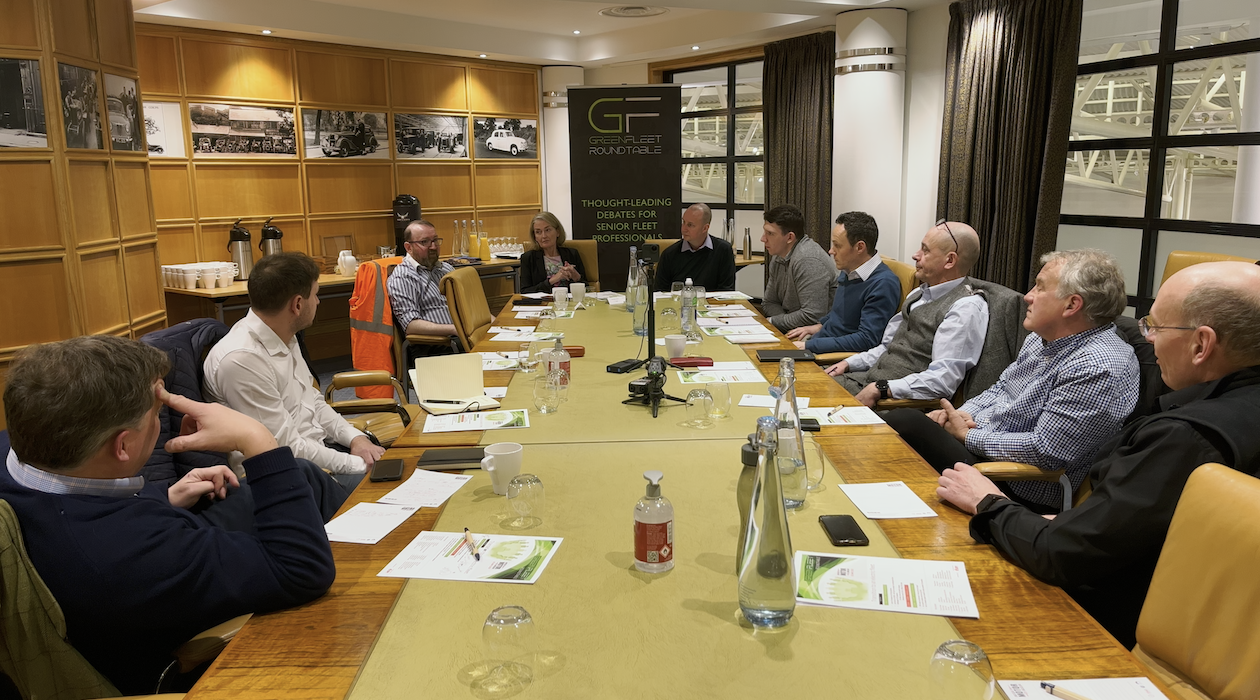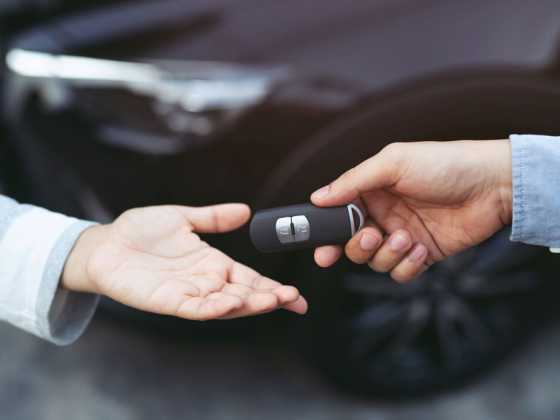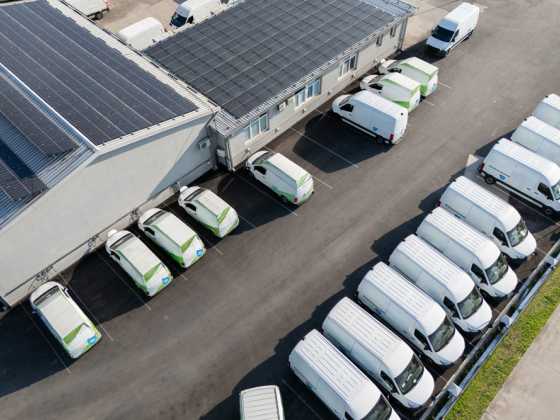Roundtable: transitioning to a zero-emission fleet

The country may have been in lockdown – but many fleets have continued to operate business as usual for the last 24 months and significant progress has been made in the transition to zero emission fleets. Wednesday 2nd March marked the first live Greenfleet roundtable of 2022, and it was good to be back face to face with fleet managers from across the UK who are at the forefront of the transition to a zero emission fleet.
Greenfleet was joined by a mix of transport expertise from public sector, defence, engineering and logistics for our roundtable at the British Motor Museum to discuss the transition to an electric fleet. Our attendees included Gateshead Council, ODS Group, Morgan Sindall, RAF Logistics, Restore Datashred, Ready Power, Moy Park and Innovation LLP. Most notable was the diversity in vehicles from cars and small vans to 4x4s, tipper trucks, refuse vehicles and trucks and trailers (up to 88t) with some vehicles covering up to 400 miles in a day. We were also joined on the day by E.ON Drive who as well as converting their own car and van fleet, has extensive expertise in recharging infrastructure.
What impact has Covid19 had on fleet policies?
It is clear that Covid-19 has created a lot of turbulence in the vehicle supply chain; in the early days the auto OEM shut downs created a lag on vehicle deliveries, but more significantly the well reported semi-conductor chip crisis has resulted ongoing delays in vehicle deliveries. To further exacerbate the issues battery electric vehicles have a much higher volume of semi-conductor chips than their ICE equivalents. Our fleets unanimously reported long waiting lists (particularly for battery electric vans) and some auto OEMs have temporarily closed their order books whilst they cope with the backlog. On discussion, a 12-18 months waiting time was described as “the norm”. Owain Pearce, from ODS group has already electrified 25% of this fleet, he noted that “the key is to plan in advance [when procuring electric vehicles]”.
As a result of these issues there was consensus around the table that the replacement cycle for existing vehicles was being stretched by 1-2 years.
The rising cost of raw materials and energy plus a five-fold increase in sea freight costs has also had an effect on vehicle pricing. As a result there is no negotiation on price, or discounts available for bulk orders. One fleet noted that OEMs were not even prepared to guarantee prices for vehicles on order.
Covid-19 has also created wider issues; public sector fleets have seen budgets frozen or cut as local authorities struggled to cope with pandemic, this is clearly having an impact on vehicle procurement. In one instance, plans to relocate the depot to a more suitable location for EV Charging have been put on hold indefinitely.
Despite all of these challenges, there was agreement that policy change (eg 2030 ICE new sales ban, Clean Air Zones, reform of red diesel) has had a bigger impact on fleets than Covid19.
Challenges to EV adoption
Even with the current supply chain issues, what is clear is that the electrification of car and LCV fleets is progressing well. The ongoing success of EV Salary sacrifice has had a big impact on take up, with one fleet reporting that the majority of cash takers had reverted to the scheme, and they currently had 400 BEVs on the fleet and a further 200 on order.
It was clear that the discussion has moved on from vehicle suitability, range and cost to more nuanced challenges relating to charging infrastructure.
Infrastructure is maturing
As the deployment of recharging infrastructure gathers pace our fleets are being kept busy on all fronts; installing and managing chargepoints in depots and offices as well as employees homes. There is also a focus on providing access to public charging infrastructure.
E.ON Drive offers fleet solutions for home, work and public charging as a “one stop shop”. Starting with feasibility studies and surveys, through to the provision and installation of charging hardware and supervision software, the E.ON Drive service also provides solutions for reimbursement of home charging and public charging access cards.
Our fleets reported different approaches to home charging and reimbursement, something that Innovation LLP provide advice to fleets on. Despite the fact that the advisory fuel rate for BEVs has now been increased to 5p per mile there was an acceptance that this was too low and many drivers would end up out of pocket. Some fleets are sticking with the 5p AFR for now on the basis that the company has provided a contribution to the cost of the home charger installation and the employee is better off overall with the BIK incentive. Other fleets are using specialist service providers eg tracking home consumption and pay the electricity company directly for energy consumed. E.ON Drive tracks the home charging consumption and provides a detailed report to manage the reimbursement of costs through payroll.
Many fleets are dependent on the public rapid charging network for longer journeys, and the experiences were patchy. There was a strong feeling that certain parts of the country were lacking sufficient infrastructure, and many of the existing networks were, on occasion, unreliable. Common problems included units out of order, insufficient chargepoints/queuing, unable to access the chargepoint, lower power than expected. OZEV has committed £950m towards the cost of upgrading the transit network, however progress is too slow for fleets using the network today and there was little optimism that this situation would improve in the short term.
Are we on course to achieve net zero?
The UK has a legal obligation to be net zero by 2050. Encouragingly a number of our roundtable fleets have set more challenging targets. Public sector organisations are aiming for 2030, other fleets are chasing 2035 and one organisation has a target to be carbon negative by 2035.
The 2030 ban new ICE car and van sales will go some way to take carbon emitting vehicles off the road by 2050. However, the lack of supply of larger vans is causing concern regarding the ability to hit 2030 targets. As already discussed, many fleets are reportedly extending renewal cycles by 1-2 years; which means for some they are only one renewal away from 2030, which means that the time to prepare for the mass take up of cars and vans is running out.
Given the diversity of fleets, for many the concern lies with the larger lorries and trucks. Whilst the ICE ban on 3.5-26t vehicles is scheduled for 2035, and for HGVs 2040, confidence in the room was low that suitable ZE vehicles would come to market. Would they be fit for purpose, and will they be financially viable? And inevitably, alternative fuels are still very much in scope, with one fleet investing heavily in liquid natural gas (LNG) in order to meet their 2035 targets, and other fleets preferring to wait for hydrogen.






